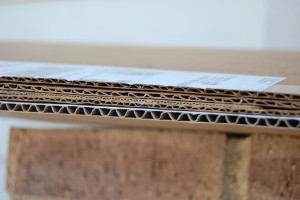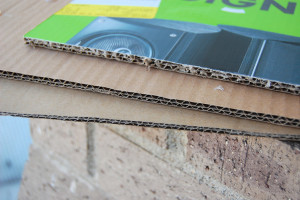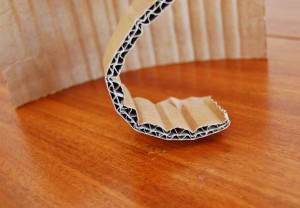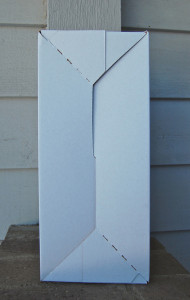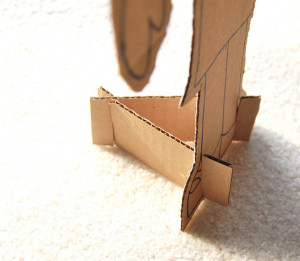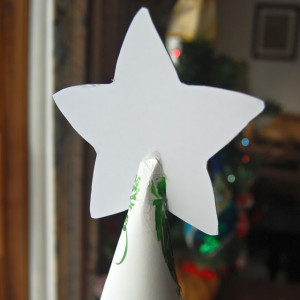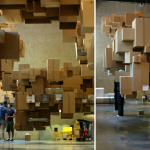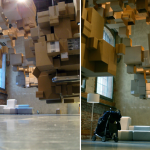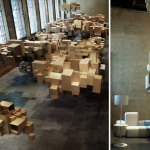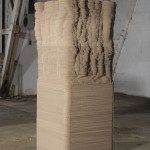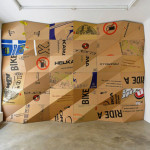For this short assignment, you must demonstrate you can execute the following skills:
- Cutting Cardboard cleanly with a box cutter or xacto knife
- folding cardboard cleanly
- rolling cardboard uniformly
- laminate and cut out a form from cardboard (use craft glue)
- hot gluing cardboard
- sewing cardboard (use rivets)
- paper taping cardboard
- slot joints
GRADING: .5 points per skill demonstrated above
YOUR MATERIALS
Single Wall Corrugated Cardboard: Single layer of flutes (those wavy things) between two layers (called liners) of cardboard, which comes in different thicknesses. Check out the size of the flutes – the smallest flute (somewhere in the middle of the stack) is in a USPS priority mail box.
Double Wall Corrugated Cardboard– double layer of flutes
Sources for cardboard:
– cardboard recycling container behind the science buildings/library
– cardboard recycling container at Walmart
– talk to the physical plant people to ask if they have any big boxes
– you can order unblemished cardboard from Uline (online company)
Ways of manipulating the cardboard:
– Cutting: use a box cutter/Xacto and a cutting mat (do not damage tables, floors, or other surfaces)
– avoid including pre-existent creases in your shapes, unless you want them for a particular reason. These are weakened areas in the cardboard.
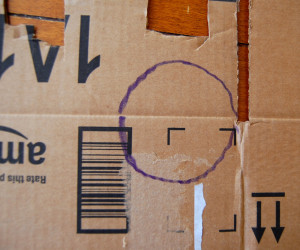
– Folding: use a blunt tool (like the back end of a pen) to score the cardboard to make folding easier; try to fold along the flutes (inner layer) of the cardboard whenever possible
– You want your fold line to be parallel to the flutes- this way you only distort one or two flutes in the fold and the rest of the piece remains strong. If the cardboard is especially thick, you might need to score the fold line first.
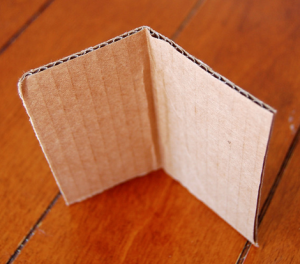
– Rolling: like making a series of gentle bends to attain a curve. Again this is done with the bends parallel to the flutes.
– Laminate: (glue together many layers) of cardboard, and then cut them out on a bandsaw or other long blade (BE CAREFUL)
– Gluing: use hot glue (High Temperature – the kind you buy at the hardware store, not low-temp crafters version) or other craft glues to adhere the cardboard together
– Sewing/Riveting: sometimes the easiest way to connect two pieces is via sewing, or riveting them together
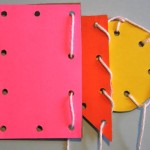
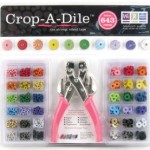
– Taping: if you use tape, use paper tape, NOT plastic packaging tape or masking tape
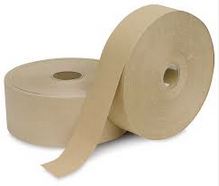
– Assembling Without Glue: If you are working with a cardboard box, you can assemble the usual box-way, for instance, tucking in the flaps:
– You could also make simple slot joints:
